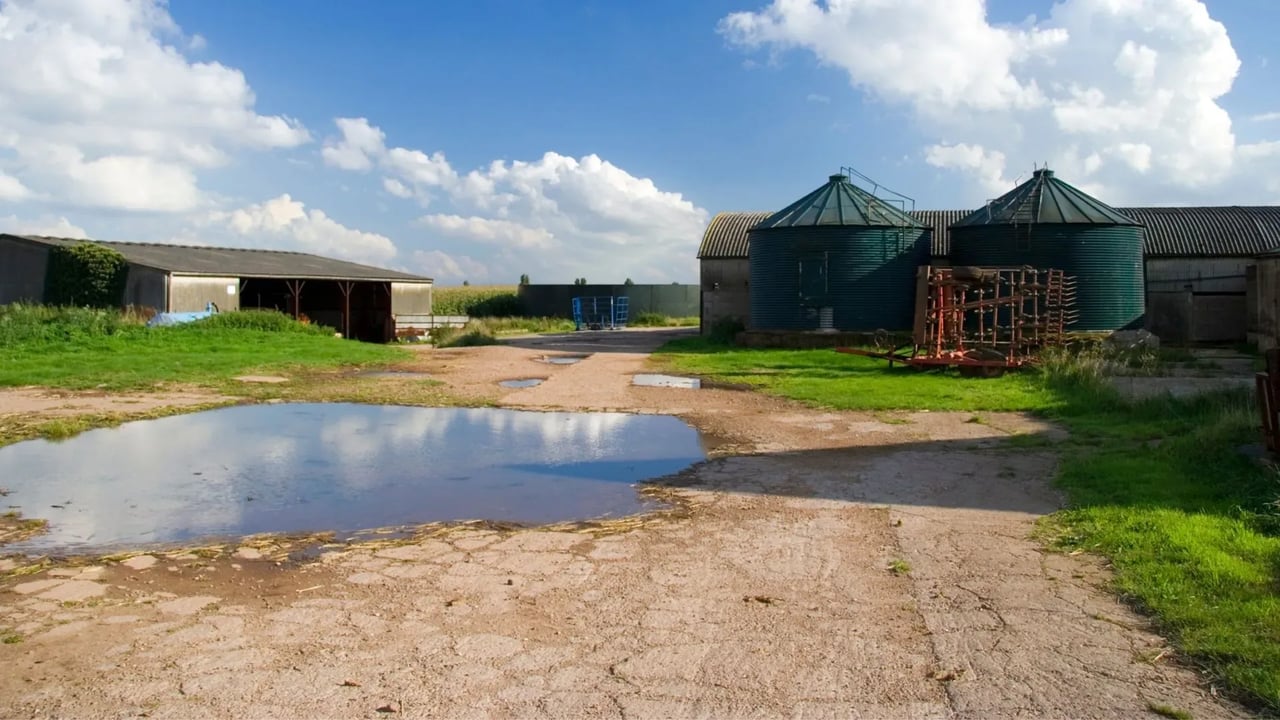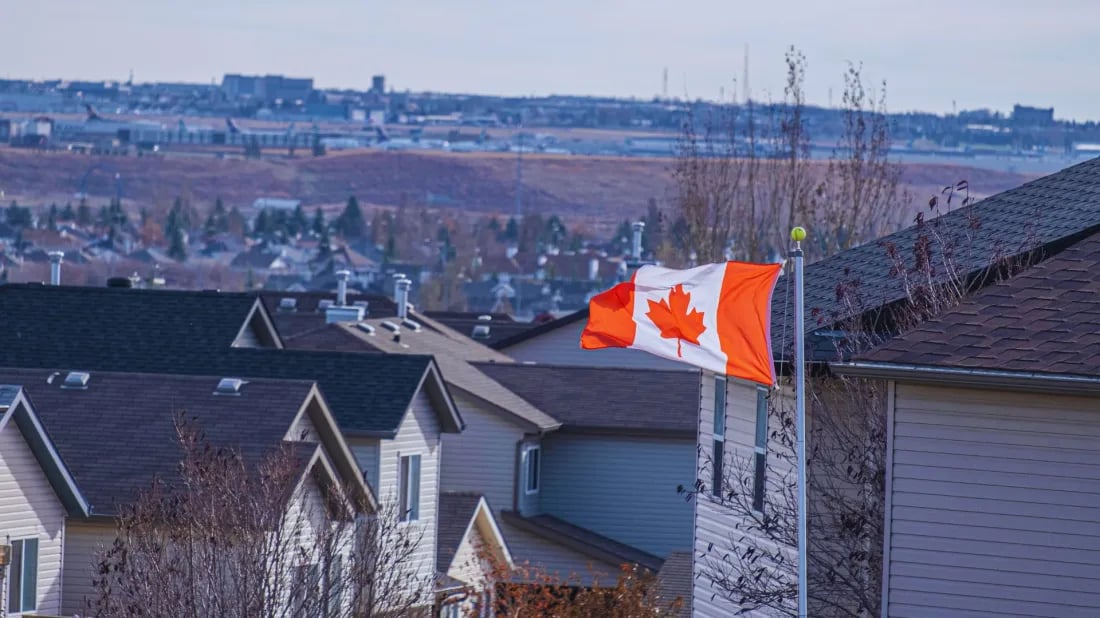All commercial real estate transactions involve risks. Due diligence attempts to identify these risks, whether they relate to a property’s market, physical, financial or legal profile, so buyers can make informed decisions that set their business on solid footing. An Environmental Site Assessment – also known as an ESA – represents a proactive versus reactive approach to risk that aims to help buyers stave off expensive remediation costs and determine whether the environmental risks, where identified, are acceptable in light of the value of the overall transaction.
Once all information is on the table, buyers can develop a strategy for managing environmental risks in contract negotiations prior to property acquisition, or they can abandon the purchase altogether.
Even if it’s not required by law or lenders, skipping environmental due diligence can create massive headaches and expenses that don’t need to happen. While sometimes time-consuming and expensive, instead of holding up your acquisition, an Environmental Site Assessment creates a solid foundation from which your business can launch.
What Are Environmental Site Assessment (ESA)?
An Environmental Site Assessment involves studying a property to determine if contaminants are present and, if so, documenting and reporting results of both the location, type and concentration of these contaminants.
Contaminants come in many forms. They can be any solid, liquid, gas, odour, heat, sound, vibration, radiation or a combination that causes or is likely to cause an adverse effect.
The contaminants of most concern include:
- The primary compounds found in fuels such as kerosene, gasoline, diesel, motor oil and different jet fuels (also known as Petroleum Hydrocarbons (PHCs)
- Toxic organic chemicals such as PCBs and pesticides
- Metals such as zinc, cadmium, lead and mercury
- Radioactive materials such as uranium, heavy water and radon gas
- Animal manure or human waste
- Elevated levels of potassium, phosphate and nitrogen from agricultural activities
- Nuisance substances such as iron, sulphur, methane or unexploded munitions
Environmental Site Assessment Costs and Timing
Environmental due diligence needs to begin before a real estate purchase closes. Real estate lawyers can help their clients by including allowances in offers to purchase that set aside the proper amount of time to complete both Phase 1 and Phase 2 studies. Offers should also include the right to terminate the transaction at any stage of the ESA or if the ESA reveals any contamination.
Environmental consultants typically take between 60-90 days to complete both Phase 1 and Phase 2 tasks and analyses.
A Phase 1 assessment can cost from $3,000 to $5,000, while Phase 2 assessments can range from $7,000 to $60,000, depending on the seriousness of the environmental issues identified.
Who Pays for The Environmental Site Assessment?
Three different parties could theoretically request an ESA for a commercial real estate property:
- A Lender
Lenders are the parties that most frequently request a Phase 1 Environmental Site Assessment. Their primary interest is to ensure a property is free of contaminants that could lead to client losses or foreclosure, negatively affecting their loan repayment process.Most Canadian lenders require an Environmental Site Assessment as a condition for financing commercial real estate purchases and can often provide the names of CSA-accredited experts to perform the ESA.While a lender may initially pay for a Phase 1 Assessment, the cost is usually included in the buyer’s closing costs when and if the deal is approved and finalized. - A Buyer
When a buyer initiates an Environmental Site Assessment without a lender’s requirement, they’re usually purchasing smaller, low-risk properties that don’t require extra financing.In order to protect themselves, a buyer will often conduct a Phase 1 assessment and add other tests afterwards based on the results. - A Seller
Because industrial properties such as dry cleaners, gas stations, manufacturing plants, etc., are riskier for investors, a seller’s motivation in ordering an Environmental Site Assessment is to make a property more attractive to buyers by providing a recent ESA that proves the site isn’t ground zero for a toxic mix of hazardous contaminants.Sellers could also order and pay for a Phase 2 assessment if results from a Phase 1 assessment threaten to shut down a deal.
Environmental Site Assessment Phases
Phase 1
The role of a Phase 1 Environmental Site Assessment is to reduce the uncertainty about potential environmental liabilities at a site.
Consultants collect and review records such as title documents, aerial or drone photographs and previous environmental reports, then look for information on the property’s (and its neighbours’) historical use. Consultants will also search for any notices about the property within provincial contamination registries or municipal governments’ brownfield inventories.
They’ll also visually assess the site and neighbouring properties to identify potentially contaminating activities and locate on-site underground public and private utilities to understand potential contaminant transport pathways. They’ll look for chemical staining and determine whether chemical storage tanks are present above or below ground.
Next, they’ll interview property or site managers and other relevant personnel regarding any knowledge of possible impacts from former and current tenants or practices.
Lastly, they’ll determine whether a Phase 2 Environmental Site Assessment is required, document areas of potential environmental concern and recommend locations for subsurface investigations.
Tenants also need protection against potential liabilities for pre-existing environmental contamination. To accomplish this, tenants should request an express covenant by the landlord as to the physical quality and fitness of the space and require immediate repair and remediation of any adverse environmental issues arising from pre-existing conditions or future conditions caused by third parties.
Allocation of environmental risk can be achieved in the form of an indemnity from the landlord. It should also include coverage for losses arising from interruption to the tenant’s business caused by environmental issues at the property.
Phase 2
Phase 2 assessment activities include on-site inspections for asbestos, lead paint and mould, plus rigorous soil and water testing.
In some provinces, the results of Phase 2 assessments – or a Record Of Site Condition (RSC) – must be filed with provincial authorities so that the information is publicly available for future due diligence inquiries.
Risks Of Not Doing An Environmental Site Assessment
In addition to researching the potential market, zoning, legal and financial risks associated with prospective property purchases, clients need to determine if any environmental issues exist. Owning or occupying a contaminated site can create liabilities far in excess of the original cost of the property, and decontaminating it can be a costly and lengthy process.




